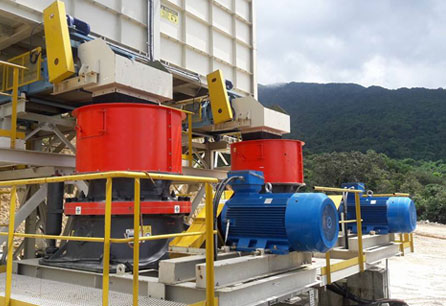The size reduction ratio (SRR) of a crusher is a measure of how much the feed material is reduced in size after passing through the crushing process. It is defined as the ratio of the feed particle size to the product particle size.
Formula for Size Reduction Ratio (SRR):
\[
\text{SRR} = \frac{D_{80} (\text{Feed})}{D_{80} (\text{Product})}
\]
where:
- \( D_{80} \) = Particle size at which 80% of the material passes (a common metric for crusher performance).
- Feed material hardness & abrasiveness
- Crusher design & settings (e.g., closed-side setting in cone/jaw crushers)
- Crushing stage (primary, secondary, tertiary)
Typical Reduction Ratios for Different Crushers:
Different types of crushers have varying reduction ratios based on their design and application:.jpg)
| Crusher Type | Reduction Ratio Range |
|————————|————————–|
| Jaw Crusher | 4:1 to 6:1 |
| Gyratory Crusher | 5:1 to 8:1 |
| Cone Crusher | 3:1 to 10:1 |
| Impact Crusher (HSI/VSI)| 10:1 to 20:1 |
| Roll Crusher | 2:1 to 4:1 |
| Hammer Mill | 10:1 to 25:1 |
Factors Affecting Reduction Ratio:
Would you like details on calculating SRR for a specific crusher type?





Leave a Reply